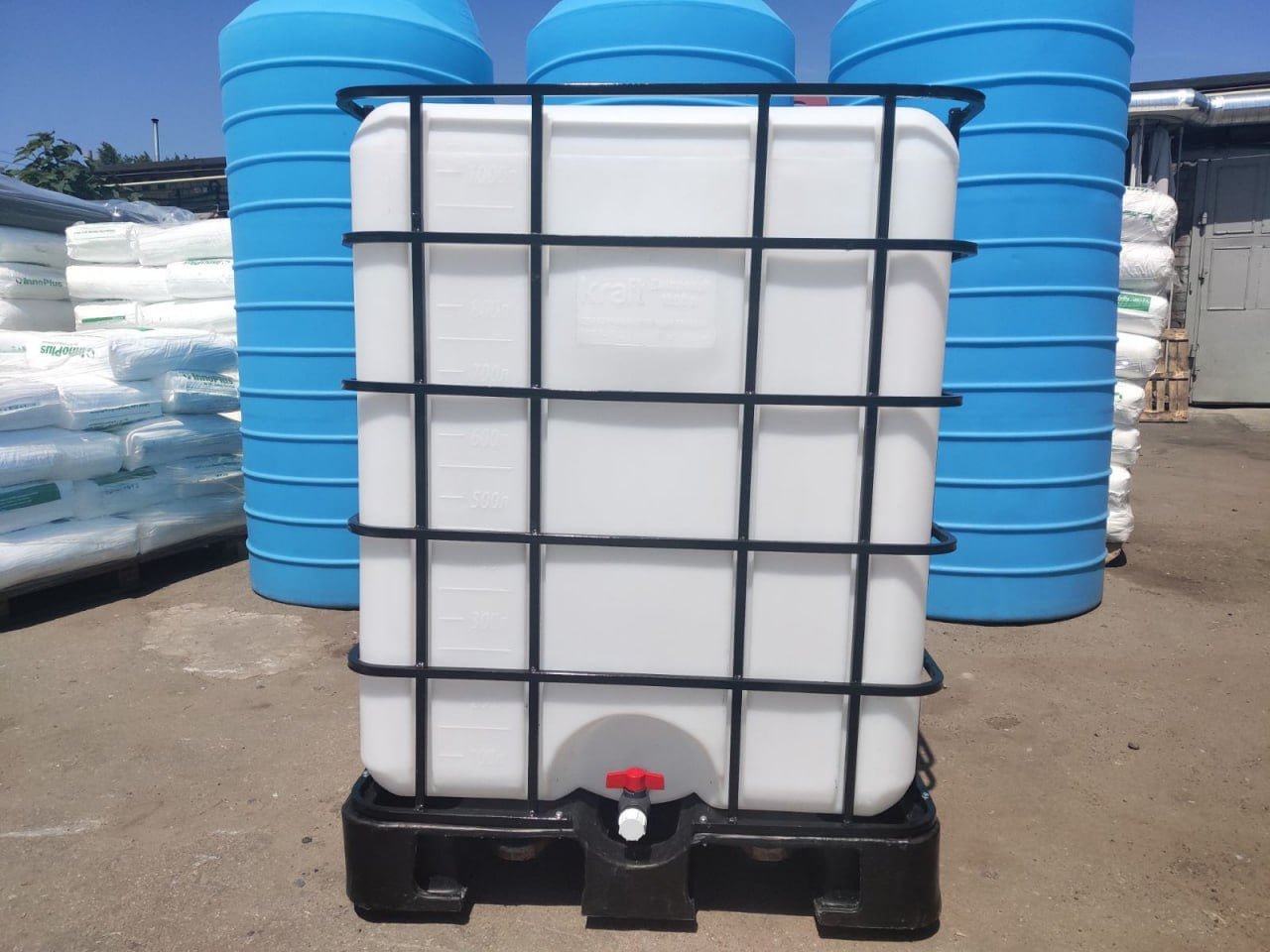What to transport live fish in

The need to transport live fish arises in various areas: from aquaculture and fish farms to the restaurant business, specialized stores and participation in exhibitions. Live fish must be delivered to the consumer intact and safe, without losing its marketable appearance and viability. This requires compliance with special conditions and the use of specialized containers and equipment. Errors during transportation can lead to mass death of fish, which entails significant losses for the producer and disrupts the supply chain. How to transport live fish without any problems, you will learn in this article.
The role of fish farms in Ukraine and types of farmed fish
Ukraine has favorable natural and climatic conditions for the development of fisheries. Fish farms play a key role in providing the domestic market with fresh fish, as well as in exports. Thanks to the rich water network, as well as the presence of specialists and scientific institutions, the industry is actively developing. The main types of fish grown in Ukrainian farms include carp, silver carp, grass carp, catfish, trout and sturgeon. In addition, in recent years, the breeding of ornamental fish species, as well as rare and valuable commercial species such as tench and pike, has become increasingly popular. The demand for these species is consistently high both among retail consumers and among the restaurant business, which contributes to the expansion of the production capacity of fish farms.
Conditions for high-quality delivery of live fish
For successful transportation, it is necessary to ensure the following conditions for transporting live fish:
- Constant oxygen supply.
- Optimal water temperature corresponding to the type of fish.
- Minimization of stress in fish due to smooth movement of the container.
- Purity of water and absence of harmful impurities.
- Sufficient stocking density without overcrowding.
Another important factor is the preparation of fish for transportation – a few hours before transportation, it is recommended to limit feeding to avoid water pollution. Control of pH levels, ammonia and carbon dioxide content are also an integral part of high-quality delivery. Knowing how to transport live fish in containers and adhering to the relevant rules, you can deliver delicate cargo over fairly long distances without losses.
Types of containers and tanks for transporting and breeding fish
Various types of containers are used to transport live fish:
- Mobile plastic tanks with aeration systems.
- Insulated containers with thermal insulation and temperature control.
- Specialized pools and bathtubs on wheeled platforms with lids and a drainage system.
- Containers made of food-grade plastic, resistant to corrosion and chemical exposure.
Stationary pools are used for breeding, including frame structures and modular systems, allowing you to effectively organize a farm taking into account the characteristics of the fish breed and production volumes. Some farms are introducing water recirculation systems, which helps minimize resource consumption.
Main options for transporting live fish
There are the following methods for transporting live fish, each of which is selected depending on the distance, fish species and batch size:
- Road transport is the most common method, especially for short and medium-distance deliveries. Specialized vehicles with tanks equipped with aeration systems and a water cooling system are used.
- Railway transport is used less often, but can be effective for mass transportation over long distances. Requires coordination with railway services and the availability of special aquarium cars.
- Air transport is used for export or urgent delivery of valuable fish species. The main attention is paid to the tightness of the packaging, maintaining temperature and oxygen supply.
- Manual transportation and canisters are relevant for transporting small volumes of fish, for example, in aquarium farms or when delivering to pet stores.
Regardless of how it is decided to transport live fish, it is important to ensure that each stage of transportation is accompanied by control of water parameters, as well as compliance with the rules for loading and unloading.
Use of plastic containers and tanks in fish farms
Plastic containers are widely used in fish farms due to their strength, lightness and resistance to aggressive aquatic environments. They are convenient for transportation, easy to clean and do not enter into chemical reactions with water. Such containers are not subject to corrosion and are durable, which makes them cost-effective in the long term.
The most popular types of fish transported in such containers are carp, trout, catfish, sturgeon, as well as ornamental fish. These containers are used both for transportation and in the process of feeding and growing fish in stationary conditions.
KRAFT offers a wide range of plastic containers for transporting and breeding fish. The company’s products are developed taking into account the specifics of fish farming and meet modern market requirements. The range includes containers of various shapes and volumes, equipped with lids, drains, reinforced walls and the ability to connect aeration systems. This makes them universal and convenient for any operating conditions.
Advantages of KRAFT plastic containers
KRAFT tanks designed for live fish have a number of advantages:
- Made of high-quality food-grade plastic.
- Resistant to ultraviolet radiation, temperature changes and mechanical damage.
- Comply with sanitary and hygienic standards of Ukraine and the EU.
- Easy to maintain and durable in operation.
- Have an ergonomic design suitable for both stationary and mobile use.
- Ensure the safety of fish and comfortable conditions even during long-term transportation.
The use of KRAFT products allows fish farms and aquaculture enterprises to optimize the processes of transportation and breeding of live fish, reducing losses and ensuring high quality of the supplied products. This is a profitable and reliable solution for businesses focused on stable supplies and high sanitary safety standards.
It will also be interesting
Do you need a consultation?

Sales Manager
Alexandra
Fill out the form and we will be in touch to answer your questions






